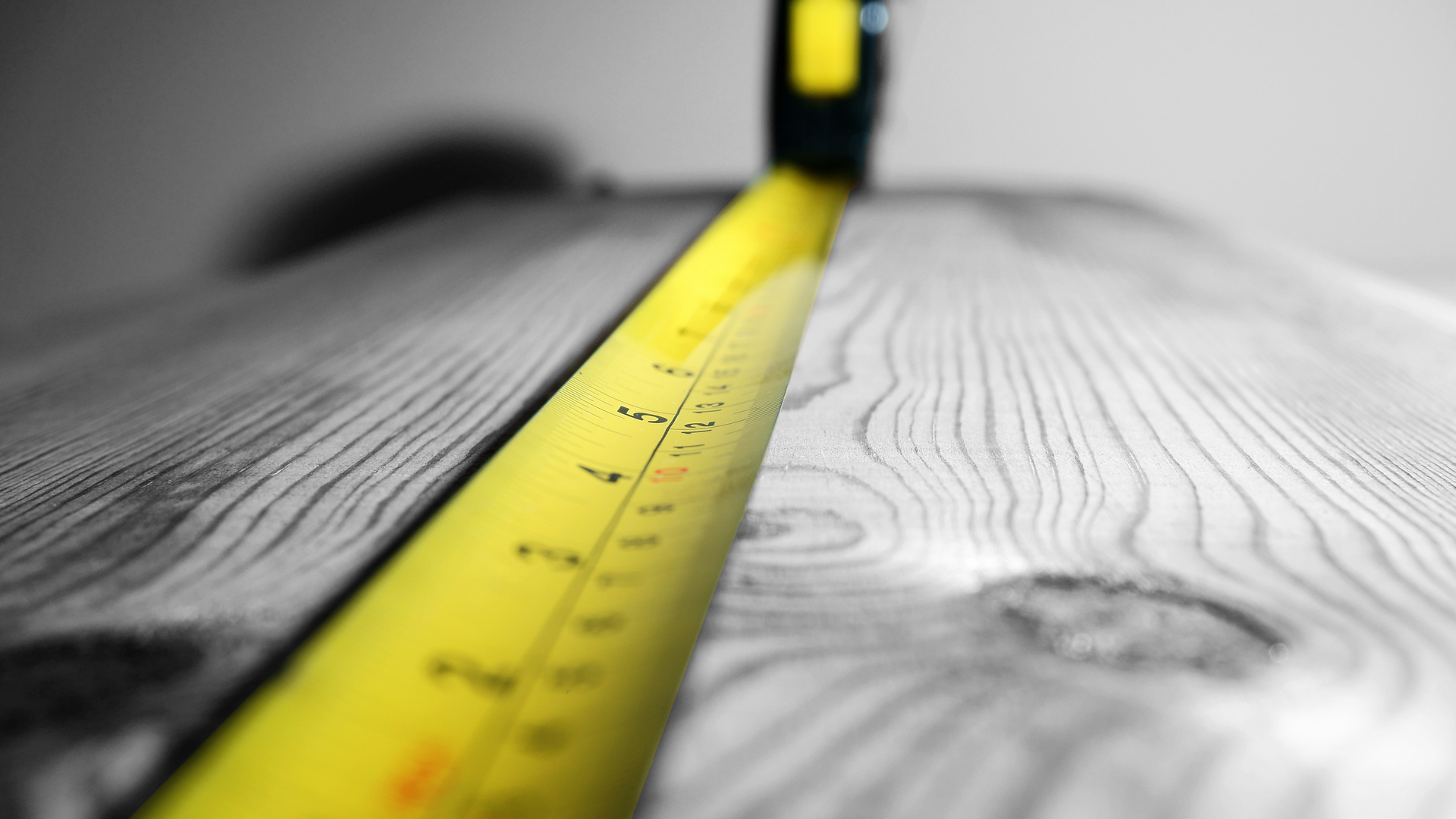
When growing, it’s easy to get lost in the hustle of closing that next deal, attending that next adjustment and building that next job. This pace can be rewarding but you are also more likely to lose track of what really makes your time productive. One area that often suffers is properly assessing property damage. An organized damage assessment is one sure way to greatly impact your growing restoration business, and below you will learn why.
What is it exactly? A damage assessment can vary from loss to loss, but they are essentially defined as a cursory overview of the damages from a loss that is used to determine both scope of repairs and coverage. Damage assessments are always a hybrid in that they contain evidence of the loss as well as technical data needed to create a complete estimate for the repairs needed.
The Carrier
When performing a basic roofing damage assessment, carrier adjusters are trained to gather info about the loss for variables such as type, age, layers, condition, overhang, pitch, IWS and drip edge. In addition to performing these assessments, they will usually have to balance running multiple appointments per day, the assessment guidelines they have been given and data collection. Usually, the direction of the assessment is influenced by the first few initial moments on the job site, and oftentimes, code requirements and certain data get overlooked simply as a result of the overwhelming amount of losses they adjust. Ultimately, these missteps will cause errors within the final estimate and unfavorable outcomes related to the repair.
The Contractor
On the flipside, contractors often execute a more thorough and effective damage assessment than the adjuster. As a contractor, you likely have a better understanding of local building codes and manufacturers’ installation guidelines, along with experience in the best construction practices that affect jobs in your service area. In the end, your assessment of the damage will more often reflect a fuller view of the damages and what is needed to address them.
Still, a fast growth contractor might encounter quality issues stemming from how well the damage assessment was executed if a systematic approach isn’t guiding it. This can be partially resolved by having a premade checklist for the related loss that helps prevent the overlooking of various items. It requires intentional planning and effort to keep the quality of damage assessments consistent across several losses.
A properly executed damage assessment will positively impact the following areas:
→ Educate the insured on the loss they’ve incurred
→ Ensure the loss is more effectively communicated to the estimator
→ Better withstand carrier disagreements
→ Increase your net profits
Finally, don’t forget that it’s equally important to have a strong estimating team that can navigate the damage assessment, produce a well articulated supplement and increase your bottom-line. Read our other blog, Why is a Damage Assessment So Important?, to learn more about the value they can deliver and, hopefully, become inspired to take this area of your business seriously! Aftermath is dedicated to training and providing resources for the improvement of this particular area.
